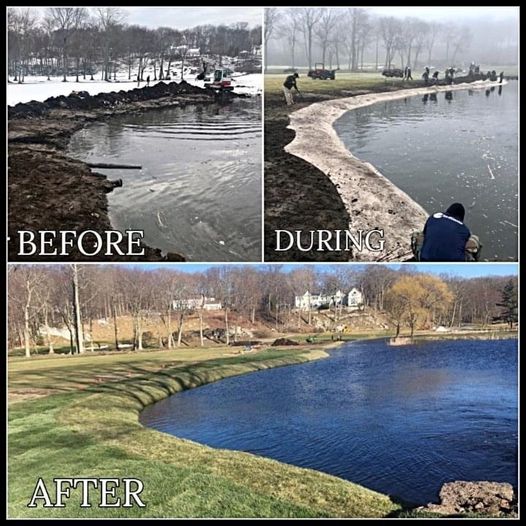BOARD MEMBERS BETTER BE CAREFUL By Eric Glazer, Esq.
BOARD MEMBERS BETTER BE CAREFUL
By Eric Glazer, Esq.
Board members I’m telling you now……..be careful. I’m seeing it already. Unit owners are starting to freak out over the passage of huge assessments to cover the costs of mandatory inspections, mandatory repairs and massive increases in insurance rates.
As we know, we’re not talking about pesky increases to the monthly cost of living in your home. We are talking about increases that will cause many to no longer be able to afford to live in their home at all. We are talking about increases that will force people to sell and no longer live in the condominium that they have lived in for perhaps decades.
Notwithstanding the fact that none of these increases are the result of anything the Board members did or didn’t do, board members know who is likely to be blamed for this financial disaster many unit owners find themselves in ——the Board members. So what else is new?
Board members are used to being blamed when things go wrong even though it’s not their fault. That comes with the territory. They get yelled and screamed at, the meeting ends and then it’s usually over. Maybe there’s some nasty e-mail that float around the community. This time it’s different.
Even if unit owners come to the realization and accept that they can’t afford to live in the condo any longer, the question is….so where can they go? Every condo seems to be in the same shape. Or if owners choose to move to a place that’s simply newer and not yet required to perform these inspections and repairs, you can bet they cost a lot more money than where they currently live. There’s simply no place to turn to.
When there is desperation and fear, people become irrational and often times violent and that is why I honestly fear for the safety of condominium board members throughout the state. This is not a knock on the millions of law abiding condominium owners throughout the state. They were thrown into this position because The Florida Legislature failed all of you. Instead of always requiring condominium owners to put away money for a rainy day, The Florida Legislature cow-towed to the whims of developers, law firms and other special interest groups who always lobbied against mandatory reserves. The only reason why mandatory reserves are now required is because 98 innocent men, women and children died at The Champlain Towers in Surfside as a result of not having nearly enough money on hand to make obviously needed structural repairs in their condominium.
So Board members……….you didn’t volunteer in your community to get punched out or worse at your board meetings. My advice is….when you know you’re about to pass a special assessment at a meeting, and at that meeting people are going to be going crazy……protect yourselves. Make sure there are police or at least security at the meeting. Better be safe than sorry.
WE WILL TAKE YOUR CALLS AND ANSWER YOUR CONDO AND HOA QUESTIONS THROUGHOUT THE HOUR. CALL US AT 877-850-8585 DURING THE SHOW.
Tags: Board of Directors, Condo and HOA, Management NewsMake primary, SFPMA Members News




















